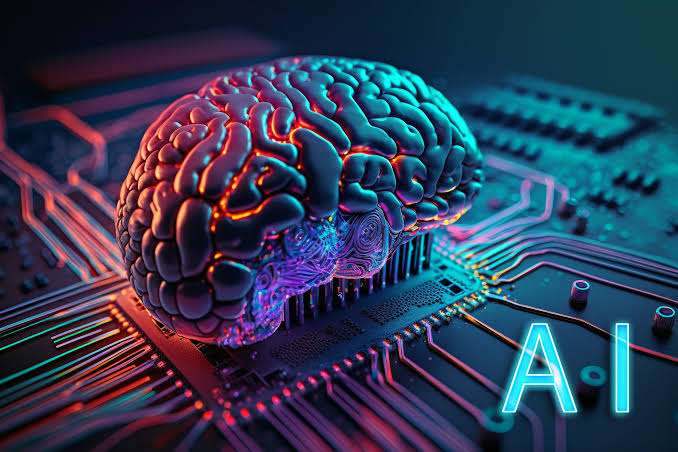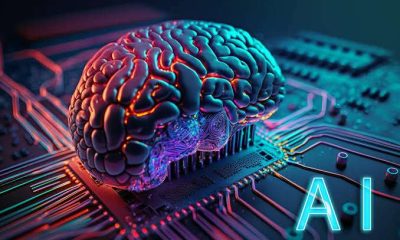Business
AI adoption linked to 13% job decline among young U.S. workers, Stanford study finds

A new study by Stanford University, United States, researchers suggests that the rapid rise of generative artificial intelligence is reshaping the U.S. job market, hitting young workers the hardest.
The report, based on payroll data from millions of employees compiled by ADP, the country’s largest payroll processor, provides what the authors describe as “early, large-scale evidence” that the AI revolution is having a significant and uneven impact across age groups and occupations.
According to the findings, employment for workers aged 22 to 25 in roles most exposed to AI, such as customer service, accounting, and software development, has fallen by 13% since 2022. By contrast, jobs for more experienced professionals in these same fields have remained stable, while employment in less AI-exposed sectors like healthcare has continued to grow.
For instance, positions for young health aides have risen faster than those of their older peers. Similarly, roles such as front-line production and operations supervisors also recorded gains for younger workers, though growth was more pronounced for employees over 35.
The researchers sought to eliminate other factors that could distort the results, including education levels, remote work trends, outsourcing, and broader economic shifts.
The study suggests that younger employees are particularly vulnerable because AI can replicate “codified knowledge” typically gained through formal education, while experience-based skills remain harder to automate.
However, not all AI applications are linked to job losses. In industries where AI serves as a complementary tool to boost efficiency rather than replace human tasks, employment levels have shown minimal changes.
Although the paper has not yet been peer-reviewed, its findings add to mounting evidence that AI is already influencing employment patterns. Earlier this month, a Goldman Sachs economist noted that signs of AI-driven disruption were emerging in the labor market, especially in tech roles and among younger workers, even though widespread adoption is still in its early stages.
Researchers warn that the full impact of AI on employment may not yet be visible, as many companies are only beginning to integrate the technology into everyday operations.






